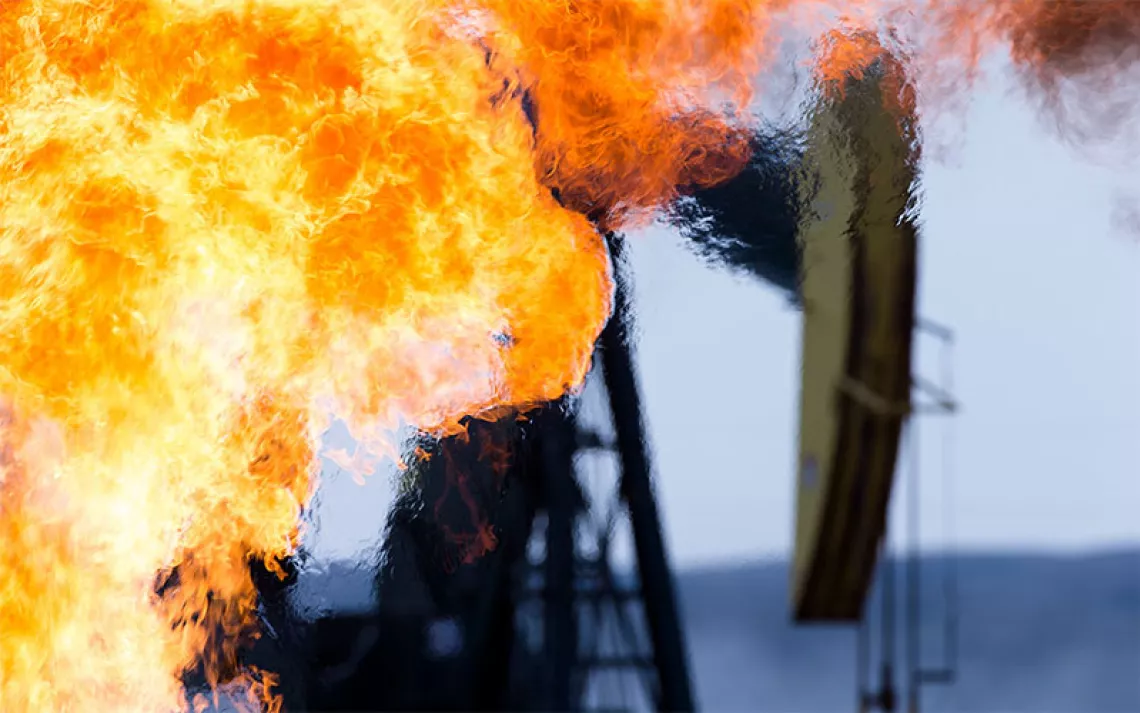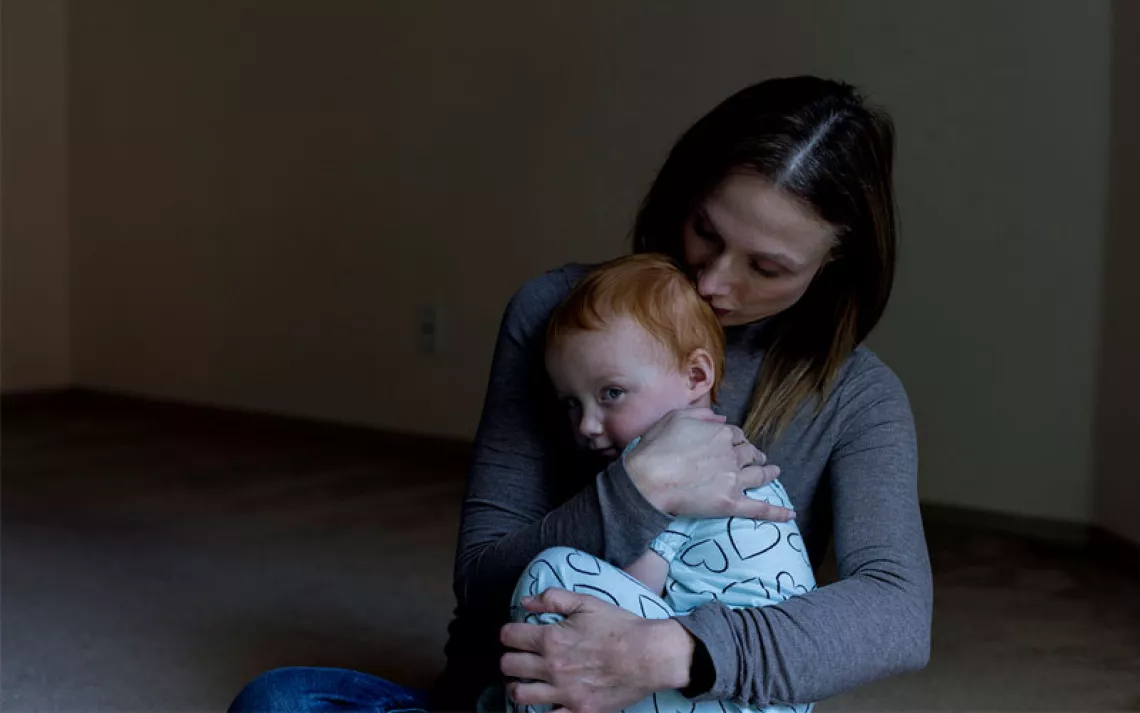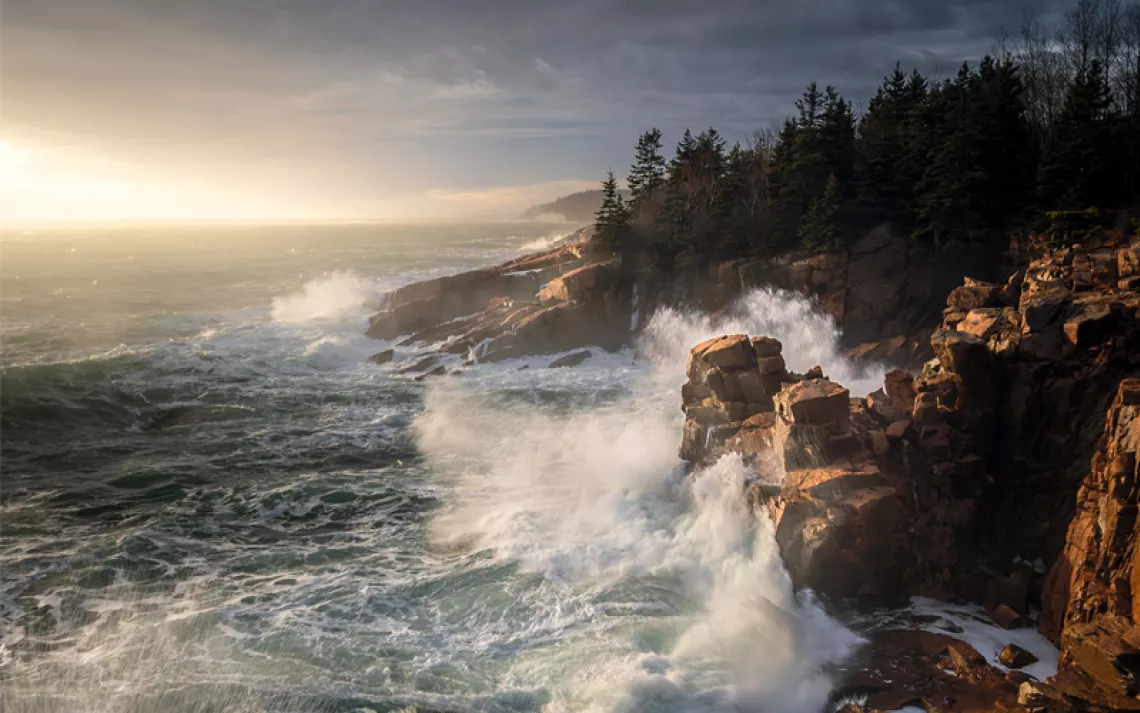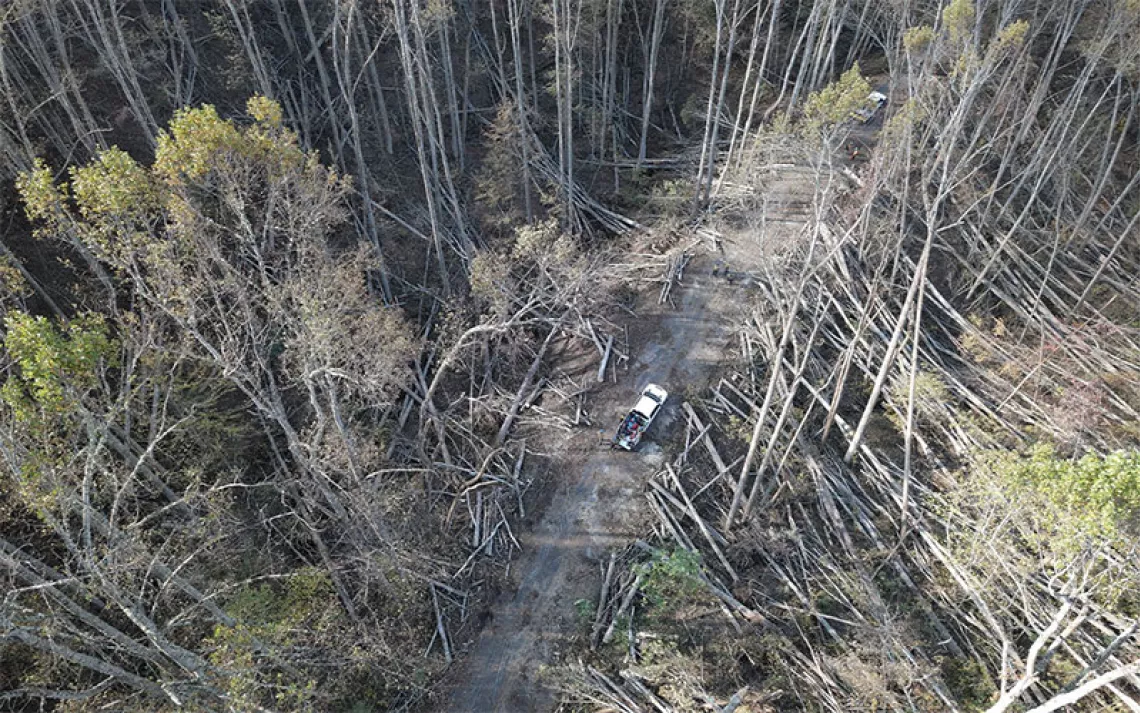A Letter From New Orleans on Edge
Barry landed wide of the city, but the season is young, the sense of relief shallow

New Orleans, LA | Photo by The Dusty Rebel
Hurricanes can bring out the best in people. What can reliably be found within their wreckage are profiles in bravery and sacrifice, community resilience and mutuality. Here in New Orleans, it can seem as if Katrina produced as many such stories as it did tales of woe and suffering. Dave Eggers’s work of narrative nonfiction Zeitoun, about a Syrian immigrant who paddled through the city rescuing the stranded, is a literary monument to those men and women whose courageous and kind deeds went unrecorded.
Less discussed is the base selfishness that precedes every hurricane’s landfall. When the course of a menacing storm is still uncertain, as mysterious as the winds blowing in from sea, every neighborhood and town across the wide and anxious alley hopes to win the zero-sum game of fate that will ruin some and spare others. Barry, the first named storm of the 2019 hurricane season, seemed to enjoy this phase. For days he dallied in the center of the Gulf, spinning in place, choosing a plan of attack. The slowness puzzled the meteorologists, who surmised they’d be studying Barry for some time. At my local bar in New Orleans’s Bywater district, we just prayed it went somewhere else. If last week’s pre-storm chatter had a T-shirt, it read, “Don’t get me wrong. I love Houston, but...”
By the early hours of Sunday morning, it was clear that Barry would spare New Orleans from a catastrophic combination of heavy rains and a storm surge. Levees topped in Plaquemines and Terrebonne parishes, and towns flooded across the Gulf. But the storm went wide of the city and did not test a levee system already strained by a Mississippi that was cresting after an exceptionally wet spring in the Midwest. Nor did anyone feel obligated to suppress their joy out of respect for those underwater. “It’s a beautiful day in the neighborhood!” sang my neighbor, Freddy, as he removed a modest wall of six sandbags from his front door. “A beautiful day to be above sea level below sea level!”
Relief, alas, is temporary in New Orleans, weighted by the months remaining on the hurricane calendar. Never has it felt more temporary than in 2019, when every minute marks the accelerating reclamation of southern Louisiana by a rising sea, further exposing the city to a future storm, some possible Sally or Harold, that will deliver a mortal blow unhindered by buffer marshes and barrier islands. This knowledge is right below the surface of the singsong expressions of relief. As the city advances into a warmer and wetter world, every bullet dodged, even small-caliber ones like Barry, feels more like what it is: a gift, one in a recursively shrinking series, of time.
*
New Orleans is still a city defined by The Storm. The historical touchstone of Katrina divides New Orleanians into those who were living here in 2005 and those who came after. (A ghost-like third category is occupied by the diaspora that wanted to return but couldn’t because government promises of new public housing and jobs proved empty.) But we newbies aren’t necessarily naïfs when it comes to extreme weather. I know an ex–New Yorker who evacuated from the French Quarter last week with his cat, Sandy, named after the 2012 storm that brought them together on the detritus-strewn shores of north Brooklyn. I met my girlfriend in San Juan while reporting the immediate aftermath of Hurricane Maria in 2017. She was as deeply affected by that storm as any New Orleans native by Katrina. Even before Barry threatened to become a hurricane, she was filling water jugs in the bathtub and nervously grinding coffee in advance of a power outage. The trauma of Maria wasn’t as far beneath the surface as I’d thought. “Why didn’t we move to the other LA?” she asked, maybe half-joking. “Because of earthquakes, drought, and wildfires,” I said, maybe half-joking.
Today, most people moving to New Orleans bring with them a familiarity with floods, storms, and the vocabulary of long-term disaster management. Phrases like “managed retreat” and “strategic abandonment” have become commonplace in some coastal communities, as towns and cities like Norfolk and Miami face new kinds of extreme weather and existential threats. The difference is that New Orleans has been having this discussion for more than 300 years.
Living in New Orleans requires, at turns, suppressing and embracing the knowledge that the place was never supposed to exist. The original Indigenous inhabitants treated the constant flooding and diluvial reshaping of the area as an immutable force, as unstoppable as the tide. As one million Indians still do throughout the Amazon floodplain, the first human inhabitants of present-day New Orleans organized societies around this fact. The first French settlers grasped the obvious economic and geostrategic value of controlling the mouth of the Mississippi, but most doubted the fort at La Nouvelle Orléans could ever become a major settlement. In his history of French colonial New Orleans, The Accidental City, Lawrence Powell describes how a manic Jean-Baptiste Bienville ignored the doubts of his rivals and commercial backers when he deployed African slave labor to build the city’s first network of dikes, ditches, and canals. When the fledgling settlement flooded in 1719, Bienville noted dryly, “It may be difficult to maintain a town at New Orleans.”
Other contemporaries were more pointed in their conclusions. Powell quotes one official who pleaded with royal investors to abandon Bienville and New Orleans because the land is “flooded, unhealthy, impracticable; fit for nothing save growing rice.” Some French officials refused to depict New Orleans on maps sent to Paris and Versailles, possibly out of embarrassment. Following the flood of 1719, momentum grew to relocate the capital to higher ground farther up the Mississippi. Natchez was a leading candidate until an Indian revolt in 1729 laid waste to the fort and its inhabitants. And so the great accident that is New Orleans continued to grow behind levee walls. By the 1790s, writes Powell, “the customary nuisance of periodic breaches within the town’s boundaries had practically ceased.”
The great flood of 1927 began the city’s modern era of flood control, establishing the Army Corps of Engineers’ authority over what has grown into a complex and sprawling system of levees and floodways that has bought the city time, but at the high cost of blocking natural sediment flows and accretions. That system now extends down into Plaquemines parish on the Gulf, site of last week’s biggest levee breach.
You can often gauge the depth of someone’s roots in the region by how versed they are in the history, mechanics, and politics of flood control. Topics that can sound eye-glazingly arcane to outsiders have long been bread and butter in Louisiana. In his history of the 1927 flood, Rising Tide, John M. Barry brings to life the ferocity of Levee Board politics in the last century, when engineering and hydraulics debates over the comparative merits of levees, spillways, dredging, cutoffs, and outlets were front-page news. These days, the conversation is more likely to center on Louisiana’s Coastal Restoration Plan—a 50-year, $750 billion Hail Mary to save what remains of the southern half of the state.
I’ve noticed that Louisiana natives often spice up the subject of flood control by weaving it with that other local tradition—political corruption. On Friday night, as the clouds threatened but didn’t strike, I arrived at my neighborhood bar to find a woman holding court on the history and construction of the city’s oldest clay underground pipes. Half in the tank, she was slurring a bit but otherwise seemed in control of her facts. “They were supposed to fix them after Katrina,” she said. “Of course they stole all the money.”

Photo by JWLouisiana/iStock
*
On Saturday at dusk, I rode my bike through empty streets to look at the state of the river and the sky. The best view of both in the Bywater is on a levee on the neighborhood’s southeastern edge, where the river flows into a manmade channel called the Industrial Canal. The levee doubles as a gritty little park called the End of the World, a name that reflects its place in the city and the apocalyptic tone set by the decommissioned, squatter-occupied navy complex that looms behind it.
The End of the World was nearly empty. The only people in sight were at the edge of the spit where the canal meets the river. There a group of six men from Mexico and Guatemala were packing away their fishing rods. The luckiest displayed a catfish big enough to feed a family of four. Like most of the city’s Latino population, the men arrived in New Orleans in the aftermath of Katrina, when a labor shortage and the need to clean and rebuild the city led the Bush administration to relax rules on employing undocumented workers. One of the men, Carlos, said hurricanes are good for the construction business, but he hoped to never again clean out dead bodies from flooded attics. “Hasta ahora, tan bueno,” he said, pointing to the heavy sky. So far, so good.
No one mentioned it, but flood risk was probably not the news story weighing most heavily on the men. The Immigration and Customs Enforcement agency was carrying out a nationwide sweep that weekend, which Barry had “temporarily suspended through the weekend,” according to a statement issued by the city. Once the storm passed, ICE agents would resume the regional office’s policy of aggressive monitoring, harassment, and arrests of undocumented immigrants. (This is the other, darker half of Eggers’s Zeitoun, the chapters of the book detailing the hero’s false arrest and solitary confinement in a military-run prison.)
I believe this policy to be immoral everywhere, but it feels especially perverse in New Orleans. For one, it targets the people who scrubbed and rebuilt the city after Katrina (under brutal conditions that included rampant wage theft). More generally, it goes against the history and idea of New Orleans—a city, in the words of Lawrence Powell, “built on the edge of disaster, where the lineages of three continents and countless races and ethnicities were forced to crowd together on slopes of the natural levee and somehow learn to improvise a coexistence whose legacy may be America’s only original contribution to world culture.”
*
I returned home from the End of the World to find several messages and emails from people asking about the storm. One was from a New Orleans friend and street poet named Benjamin Aleshire. He can usually be found hunched over his manual typewriter on the corner of Royal and Toulouse, writing poems for strangers for whatever they deem the verse to be worth. He’s often on the road, and this July he’s plying his trade outside of Shakespeare and Company bookstore in Paris, not too far from the old offices of the company that underwrote Bienville and the birth New Orleans. I told him that I’d just been to the Bywater levee and that the details of my weekend so far—a storm at sea; thoughts of bigger storms to come and a city built on a doomed premise; men fishing at the End of the World under a strangely colored sky—seemed better suited to his kind of writing than mine. The next morning, I woke up to an email from Ben that read

This article has been updated since publication.
 The Magazine of The Sierra Club
The Magazine of The Sierra Club



